
All categories
Featured selections
Trade Assurance
Buyer Central
Help Center
Get the app
Become a supplier

(Có 6 sản phẩm)







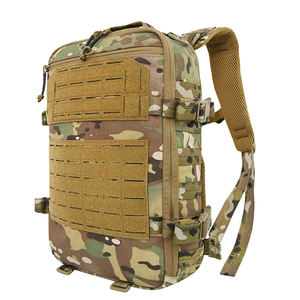

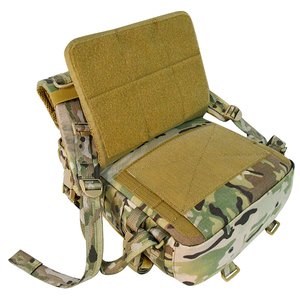

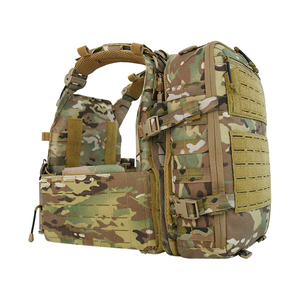




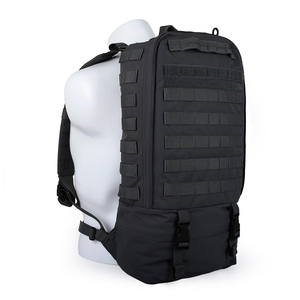

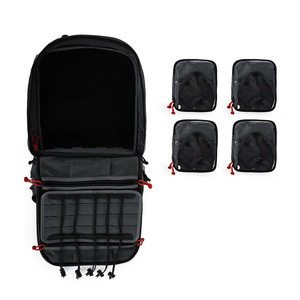

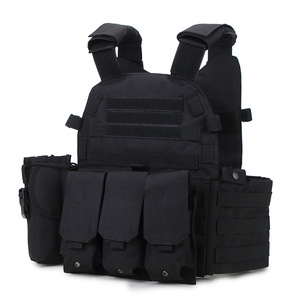


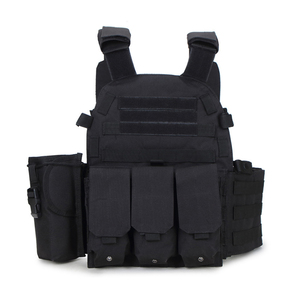

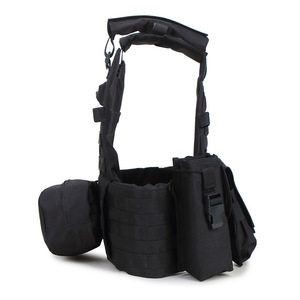

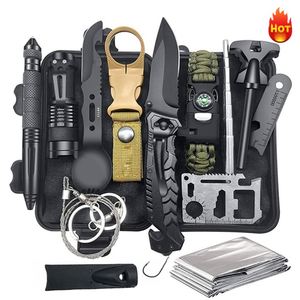
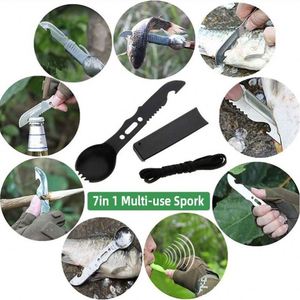
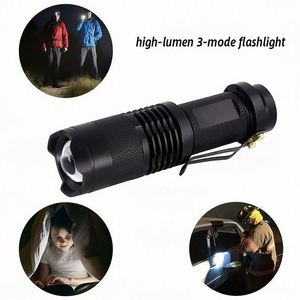
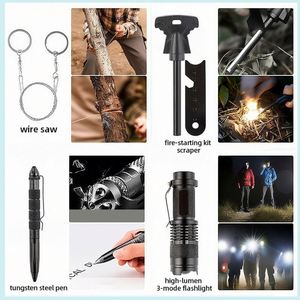
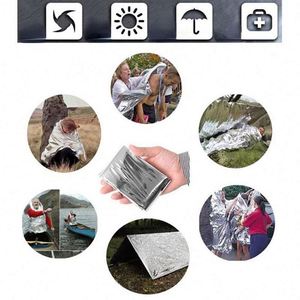
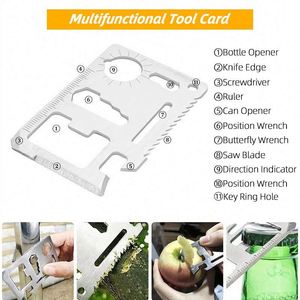

Một trong những kim loại chịu lửa được người tiêu dùng tìm kiếm nhiều nhất là đầu hàng. Thường được sử dụng cho nhiều ứng dụng, nhiều sản phẩm có sẵn trên Alibaba.com sẽ phù hợp với nhiều quy trình công nghiệp khác nhau. Có nhiều lợi thế khi sử dụng đầu hàng và những vật liệu này mang lại khả năng chế tạo vô tận cho khách hàng, đó là lý do tại sao ngày nay nhu cầu kim loại cao như vậy.
Các sản phẩm như đầu hàng chứng tỏ khả năng chống oxy hóa và ăn mòn tuyệt vời. Bởi vì bề mặt rất cứng, bất kỳ yếu tố gây hại nào không thể xuyên qua nó. Cho dù các sản phẩm được sử dụng trong nhà hay ngoài trời, phạm vi có sẵn trên Alibaba.com sẽ kéo dài trong nhiều năm tới. Chúng là vật liệu tuyệt vời cho các ứng dụng hàng hải và xây dựng, ngay cả khi tiếp xúc với nước biển và mưa.
Một trong những ưu điểm đáng kể nhất của các sản phẩm như đầu hàng là thế mạnh của nó. Nó là một trong những kim loại mạnh nhất trên hành tinh và có thể dễ dàng cạnh tranh với các vật liệu như thép. Chúng có tỷ lệ độ bền trên mật độ cao, điều này làm cho chúng trở thành một lựa chọn phổ biến cho nhiều chuyên gia. Nhiều kim loại khác có thể được coi là độc hại đối với con người, nhưng chúng tương thích với sinh học nên không độc đối với con người và động vật.
Tìm giao dịch đầu hàng hấp dẫn và mua số lượng lớn để tiết kiệm thêm trên Alibaba. com. Những vật liệu này đến từ các nhà sản xuất khác nhau, những người tạo ra sản phẩm đạt tiêu chuẩn cao cho người tiêu dùng của họ. Tận hưởng các vật liệu xây dựng mạnh mẽ hơn và mua sắm trực tuyến ngay hôm nay.